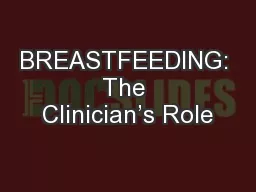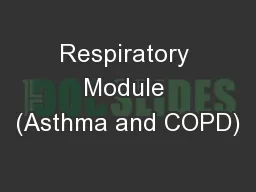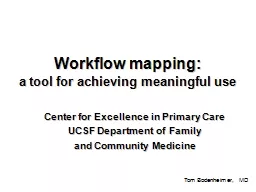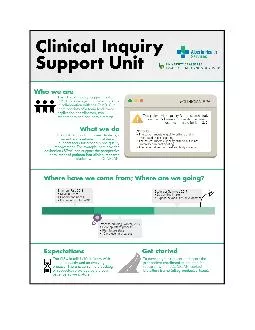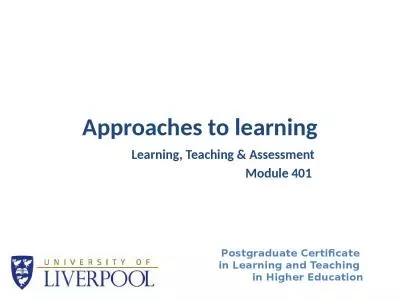PPT-Learning (& teaching) to think like a clinician
Author : sherrill-nordquist | Published Date : 2020-04-04
Robert M Centor MD FACP Regional Dean HRMC of UAB Chair ACP BOR Philip Tumulty The Effective Clinician Acknowledgements Castiglioni Roy and colleagues WAR
Presentation Embed Code
Download Presentation
Download Presentation The PPT/PDF document " Learning (& teaching) to think like..." is the property of its rightful owner. Permission is granted to download and print the materials on this website for personal, non-commercial use only, and to display it on your personal computer provided you do not modify the materials and that you retain all copyright notices contained in the materials. By downloading content from our website, you accept the terms of this agreement.
Learning (& teaching) to think like a clinician: Transcript
Download Rules Of Document
" Learning (& teaching) to think like a clinician"The content belongs to its owner. You may download and print it for personal use, without modification, and keep all copyright notices. By downloading, you agree to these terms.
Related Documents


